Many actors earn income outside their chosen field. It’s common in our industry, due to the necessity of staying afloat financially. In 1922, while performing part-time in theater, a dapper Clark Gable sold ties at Meier & Frank department store in Portland, Oregon. Cicely Tyson transcribed documents for the American Red Cross in 1950s New York City. In her memoir, Just As I Am, Tyson relates how she worked clerical jobs while pursuing an acting career. And that’s understandable, considering the number of acting jobs published by the U.S. Bureau of Labor Statistics.
According to the agency, in 2020 there were 51,600 full-time jobs for actors in the entire United States. It projected that from 2020 to 2030, employment for actors will grow 32%, at a rate of 8,200 new jobs per year. Compare those figures to the vast number of SAG-AFTRA members just in Los Angeles. Facing these realities, many members pursue supplemental employment to make ends meet in between acting gigs. To discuss these realities, L.A. Local members recently shared their side-job stories with SAG-AFTRA’s L.A. Local Communications Committee.
Side Jobs in the Realm of Entertainment
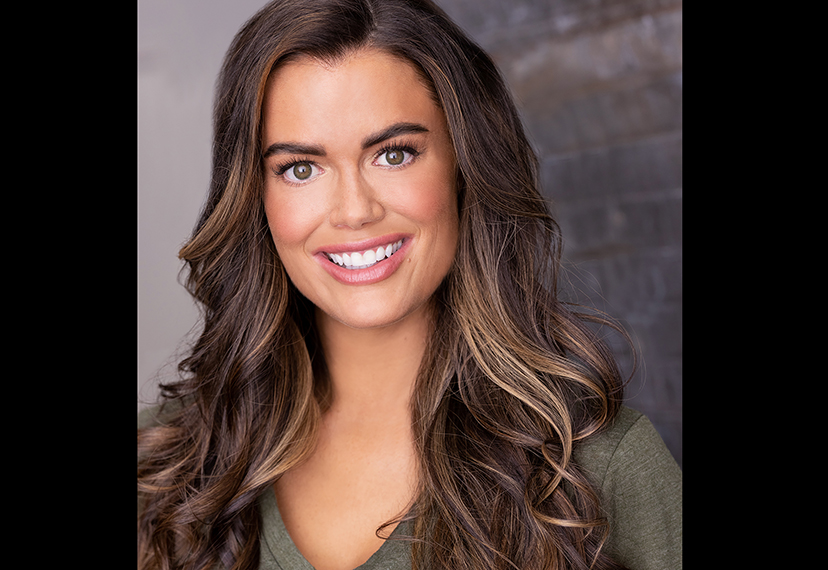
Lindsey Grubbs graduated from USC with a degree in theater. In 2010, she started a business that rewards her financially and simultaneously employs fellow actors, including Kelsey Grammer’s daughter Greer. It allows them to keep their acting chops fresh playing fairytale characters for children on the weekends.
“I think it’s so cool for everybody to think outside the box and find something that’s a side gig or side hustle that still somehow relates to what you want to do in your field,” she said.
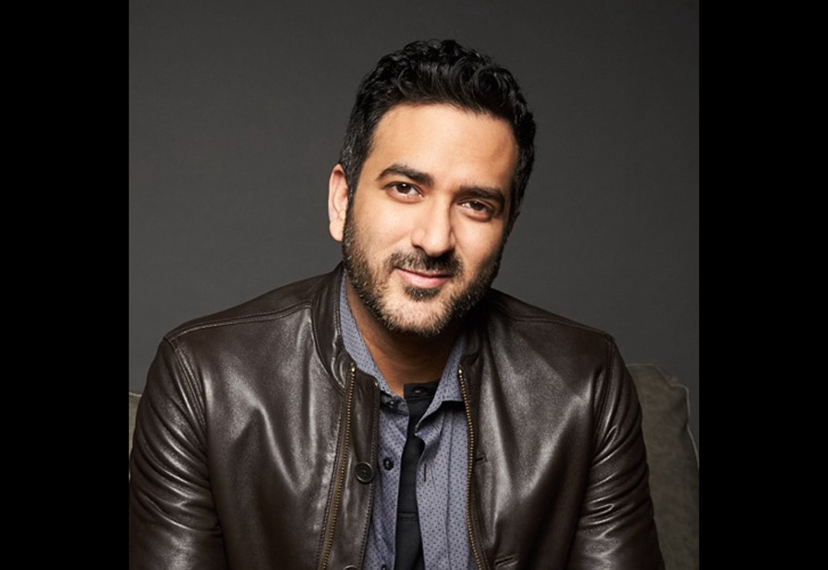
In 2007, actor and SAG-AFTRA L.A. Local Board member Shaan Sharma stopped working part-time hospitality and restaurant employment to focus on side jobs in the entertainment industry, such as a casting session director for commercials.“That provided me with the flexibility to be able to attend my own auditions and do acting jobs as I booked them. It was a continuation of a support job,” he said. A pretty good support job at that. Running commercial auditions paid him $150 to $450 per day. “It’s something that I needed to survive at certain times. So, I’m grateful for it.”

Aristoteli Zherdi moved to Los Angeles from Seattle three years ago to pursue that hard-to-break-into job as a stuntman. When COVID-19 interrupted that goal, he landed a coveted job as a regular background performer on This is Us. “That has been great, because I can balance it really well with my personal assistant job,” he said, referring to a side job he found on Craigslist.
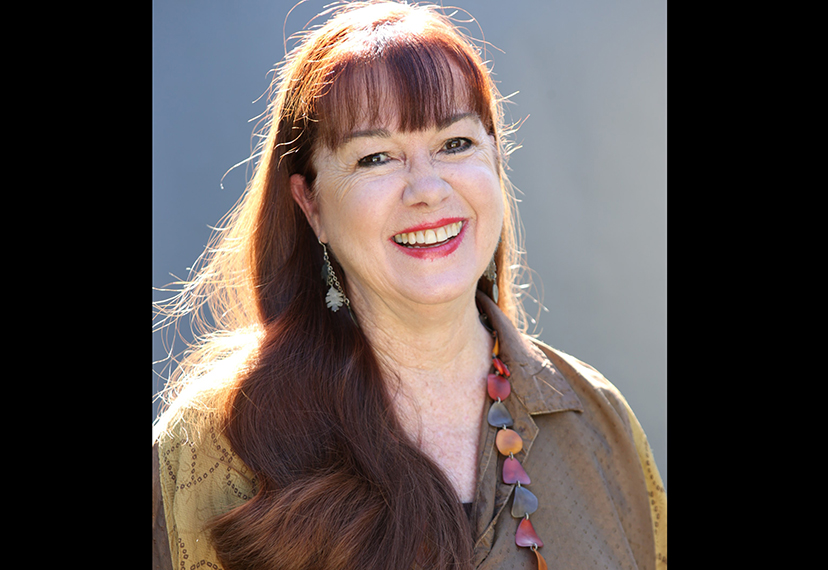
“My side job, when I was mainly doing acting, [was that] I demonstrated cookware for Ware Aluminum,” says Gaye Nelson. An actor most of her life, Nelson starred in Campbell’s Soup commercials at 3 years old and, since 2009, as a regular background actor on television shows such as Eastwick, Criminal Minds and Saved By the Bell. “My sister and I, when she was dancing, had a booth at the May Company [now home of the Academy Museum of Motion Pictures on Wilshire Boulevard]. We demonstrated nonstick cookware and popcorn poppers and all kinds of appliances, and the company knew we were going on auditions. So, they were like, ‘We’re fine with that. Just leave a note as to when you’ll be back at your booth.’ That worked really well.” She’s also a professional astrologer now.
The Temptation of Regular Paychecks from Side Hustles
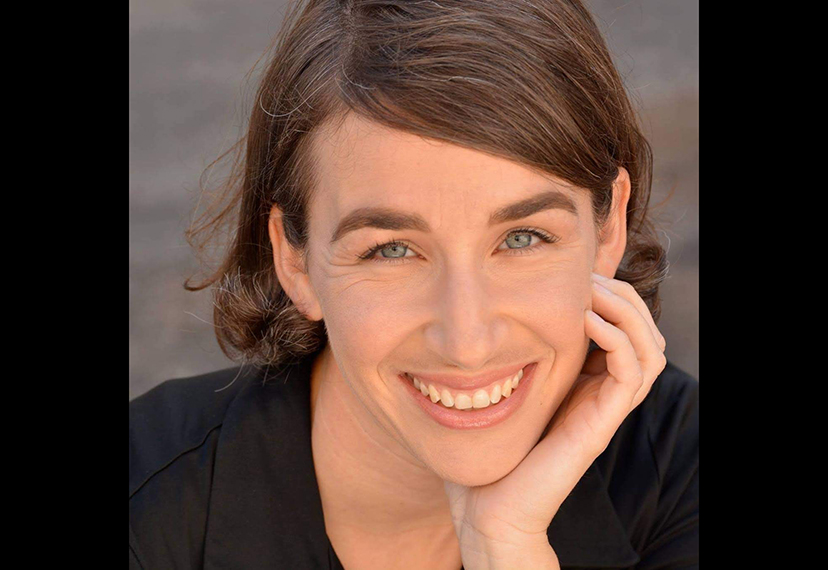
When asked if consistent, sustainable income from a side job ever tempted them to put acting on the back burner, actors’ responses varied from a reality-check “yes” to a nonnegotiable “no.”
“I chose jobs that were flexible so that the job never became more important than the acting,” said May Marcinek, whose former job as a rock-climbing instructor competed with acting. She is a freelance office worker now.
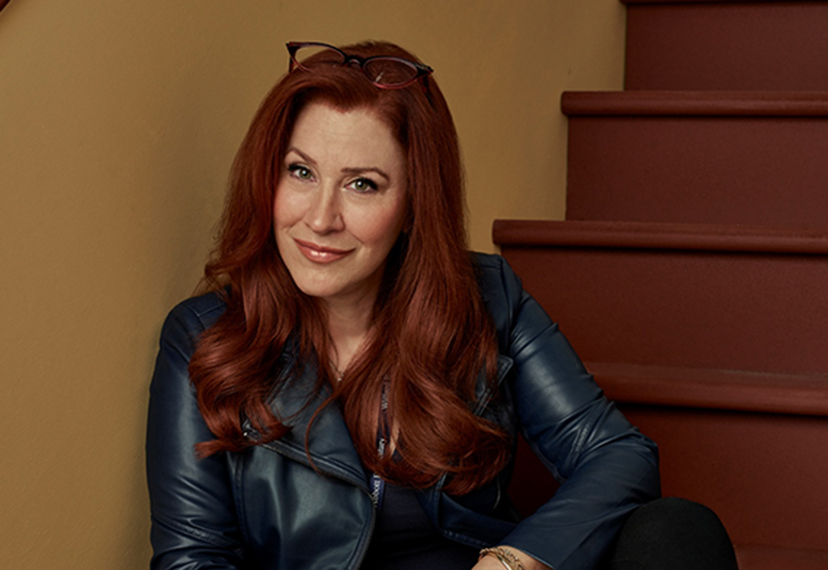
Actor and comedian Lisa Ann Walter, a co-star on the new hit ABC show Abbott Elementary, recalled a time when she turned down full-time lucrative jobs on Wall Street during the go-go ’80s boom and on Capitol Hill in Washington, D.C. “Before I left D.C., I was waiting tables at a very fancy French restaurant on Capitol Hill called La Brasserie, very popular with the Hill crowd. They always asked for me. I was offered a job at the Heritage Foundation and I said absolutely not. They said why. I said because I’m an actor. I acted in the evenings.”

The temptation is greater for other actors. Former model and business school graduate Bill Ferris admits his side job running an online home décor business has its perks.
“I’d be lying if I said I don’t get a lot of enjoyment out of being a one-man shop competing with Wayfair and companies advertising and spending millions of dollars [that] have hundreds of employees,” he said. But he’s noticed that building the business competes with acting. “At some point, you have to figure out what is enough before it infringes on that creative side. The whole reason I began the online business, the reason I moved out here, was to pursue my creative side that I had been to some degree neglecting in the past.”
Pre-A-List Side Job Strategies

Despite his success as a 40-year veteran full-time actor, National Board member Matthew Modine worked a side job at 18 in New York, one that was usually operated by entrepreneurs half his age. “Making and selling lemonade on 42nd and Lexington was quite ambitious. I’d catch the commuters on their way to Grand Central.” It was an exciting time eking out a living back then, but it’s an experience he’s happy to see in his rearview mirror. “It’s all coming at you so fast,” Matthew quipped. “Rent. Groceries. Expenses you never imagined. Purchasing a token to get to my auditions was a prohibitive expense.”
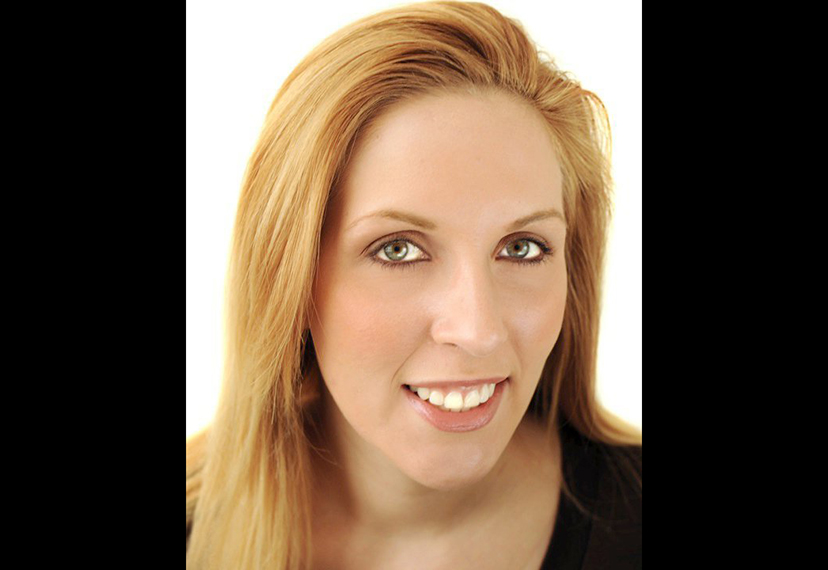
“In order to live stress-free, you have to have a side gig,” says Michelle Benish, a multi-employed actor and one of the regular background performers on This Is Us. Benish also works in varied occupations, as a production coordinator for a reality TV show, photo booth operator, and as a baby and dog sitter. She said the cost of living in California makes a side job imperative.
“It’s definitely higher than most states,” she says. “I think it’s good for me mentally to have something else. Acting isn’t easy. You hear ‘no’ so many times that it can get to you. You should have a money base to help, to allow you to keep going in the acting world.”
Walter echoes Benish’s game plan. She occasionally performs standup at the Comedy Store. “You always better have your backup plan,” she advises, “because there are no guarantees in this business. You have to keep working at it, even when you make it. You have to work at it all the time.”
“You really have to love it, really have to work,” says Grubbs, a former USC song girl and consummate cheerleader for acting. “Keep that side income. Network so that you’re not disconnected from the business.”
Looking Ahead, Staying in Touch
The U.S. Bureau of Labor Statistics’ report on the state of actors’ employment is a testament to the likelihood that most actors will work side jobs in and outside of performing arts.
“There are so many ways people can work in the industry,” Sharma adds, “from working in different offices or on lots or with people involved in the industry in some capacity. There’s more opportunity than ever for people to be able to support themselves with their art alone.”
To provide assistance to its members, SAG-AFTRA’s L.A. Local continues to promote support groups, educational programs that enrich actors’ craft and even financial assistance during lean times. It also works alongside other organizations that support SAG-AFTRA members. The Entertainment Community Fund (formerly The Actors Fund) informs members about side jobs and career strategies, including part-time and flexible jobs listed on the Fund’s website. The SAG-AFTRA Foundation also provides financial assistance “to ensure that no performer is alone when times get tough.”
News
- Tags:
- Local News
